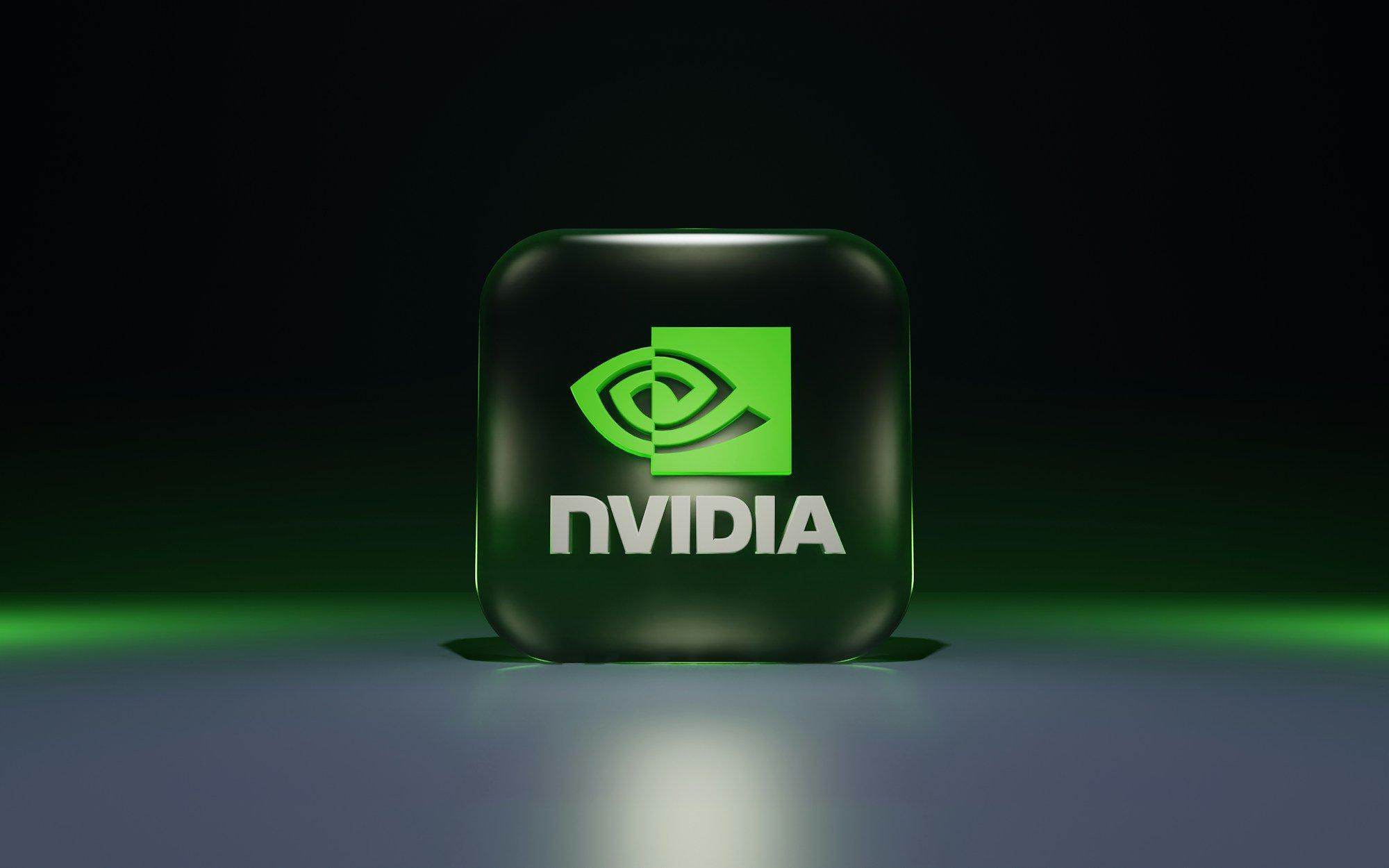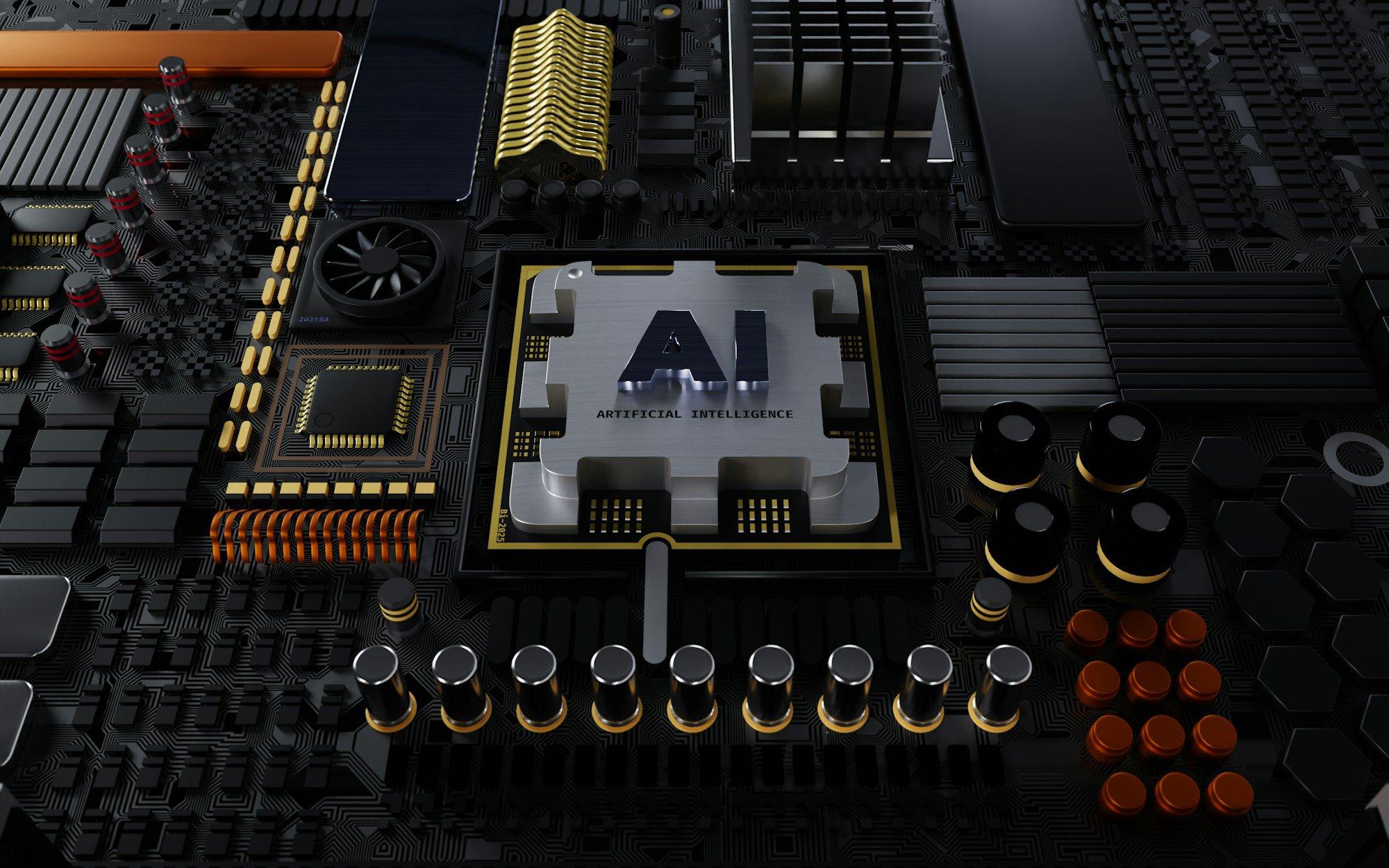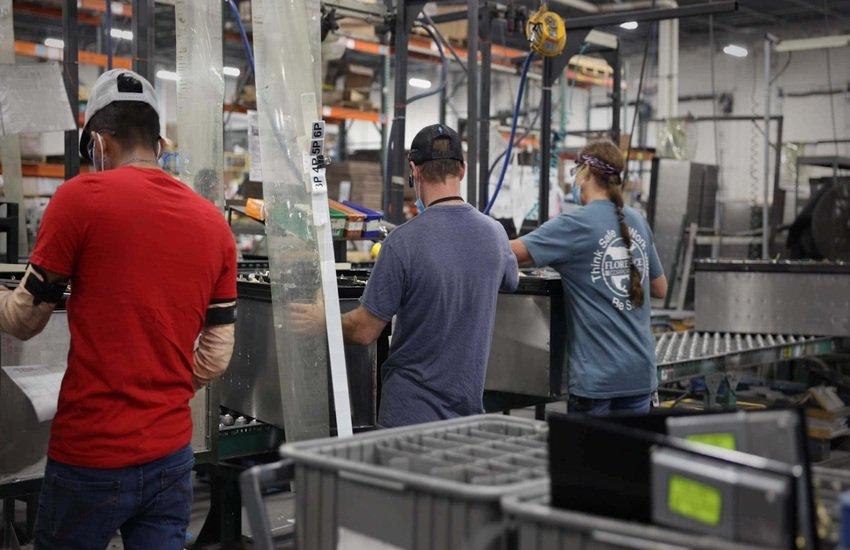Nvidia (NVDA) closed at a record high on Thursday, marking a significant milestone in the company’s remarkable rise as a leader in artificial intelligence (AI) and semiconductor technology. The stock jumped by 1.3%, pushing the company’s market capitalization to $3.89 trillion, just shy of the record $3.915 trillion set by Apple in late 2024. This rally has investors speculating that Nvidia could soon surpass Apple to become the most valuable company in history, as it continues to reap the benefits from the booming AI sector
The surge follows a strong earnings report in May, where the company reported solid growth despite US restrictions on Chinese use of its chips. Investors have continued to flock to Nvidia, betting on the future of AI and its role in powering the next wave of technological innovation.
Nvidia’s Rise in 2025
Nvidia’s performance in 2025 has been extraordinary. Despite a rocky start to the year, shares of the AI chipmaker have surged more than 19% year-to-date, with the company now on the verge of surpassing its biggest tech competitor, Apple, in market value. This is largely due to Nvidia’s dominant position in the AI chip market, where it supplies the critical hardware needed for AI applications across industries.
The company’s chips have become essential for data centers, autonomous vehicles, and various AI applications, positioning Nvidia as an essential player in the rapidly expanding AI ecosystem. With increasing demand for AI technologies from both enterprises and governments, Nvidia is set to benefit from a wave of $2 trillion in projected AI spending over the next three years.
Nvidia’s Path to $4 Trillion and Beyond
Analysts are optimistic about Nvidia’s future, with some forecasting that the company could reach a market capitalization of $4 trillion as early as this summer, with a potential $5 trillion market cap within the next 18 months. Wedbush analyst Dan Ives highlighted that Nvidia’s stock is poised for strong growth in the second half of 2025, fueled by continued enterprise and government spending on AI. This spending is expected to drive demand for Nvidia’s products, especially as more industries adopt AI technologies to improve efficiency and innovation.
However, not all investors share the same level of enthusiasm. Legendary short seller Jim Chanos has raised concerns about the sustainability of the AI boom, drawing parallels to the dot-com bubble of the early 2000s. He warns that if companies begin to scale back their AI-related capital expenditures, it could lead to disappointing revenue growth for companies like Nvidia. While Chanos acknowledges that the AI sector has significant potential, he remains cautious about the risks that could emerge if the growth trajectory slows down.
Looking Ahead
Looking ahead, Nvidia’s trajectory will likely continue to be influenced by the pace of AI adoption across industries. As companies increasingly invest in AI infrastructure, Nvidia is well-positioned to capture a significant share of the growing demand for AI chips. However, the company’s success will also depend on how it navigates potential regulatory hurdles, especially with ongoing geopolitical tensions surrounding its products’ use in China. Investors will be closely watching Nvidia’s next earnings report, which will provide further insight into the company’s ability to maintain its growth momentum. Additionally, any shifts in the broader tech market or changes in government spending on AI could have a significant impact on Nvidia’s future prospects.
While concerns about the sustainability of the AI boom persist, the overwhelming optimism around Nvidia and its market-leading position suggests that the company’s best days may still lie ahead. As Nvidia continues to expand its footprint in the AI space, it is set to play a crucial role in shaping the future of technology for years to come.













